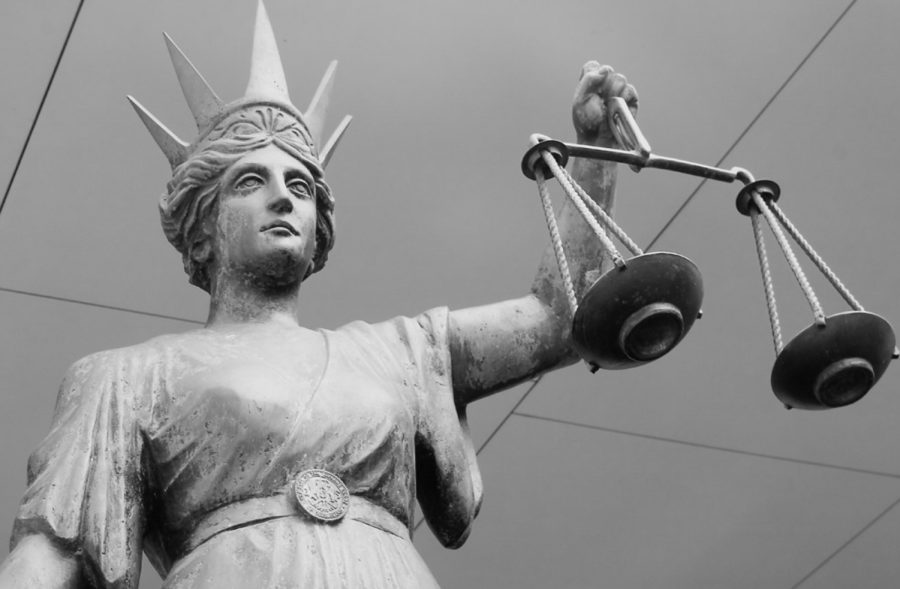Daylight Saving Time (DST) began yesterday and clocks were shifted forward one hour. The purpose of DST is to conserve energy and make better use of daylight. It was introduced in the United States in 1918 when President Woodrow Wilson signed it into law to support the war effort during World War I.
purpose of DST is to conserve energy and make better use of daylight. It was introduced in the United States in 1918 when President Woodrow Wilson signed it into law to support the war effort during World War I.
Despite this, DST has adverse side effects.
“We have tons of evidence showing even small differences in sleep make a lot of difference in behavior,” said National Jewish Health sleep expert Lisa Meltzer to The Denver Post.
Heart attacks increased by 25% in hospitals on the Monday immediately after the daylight saving time change in spring 2010-2013, according to a 2014 study of Michigan hospitals by a University of Colorado Hospital cardiology fellow Dr. Amneet Sandhu.
It has also been found that students perform worse on tests and assignments the day after DST begins, scoring a letter grade below their well-rested graded.
The presumed ease of adjustment in terms of sleep patterns is a wrong presumption — even when we “fall back” in the autumn and “gain” an hour on the clock, according to a 2012 study in Sleep Medicine Reviews, which cited increased rates of traffic accidents.


































